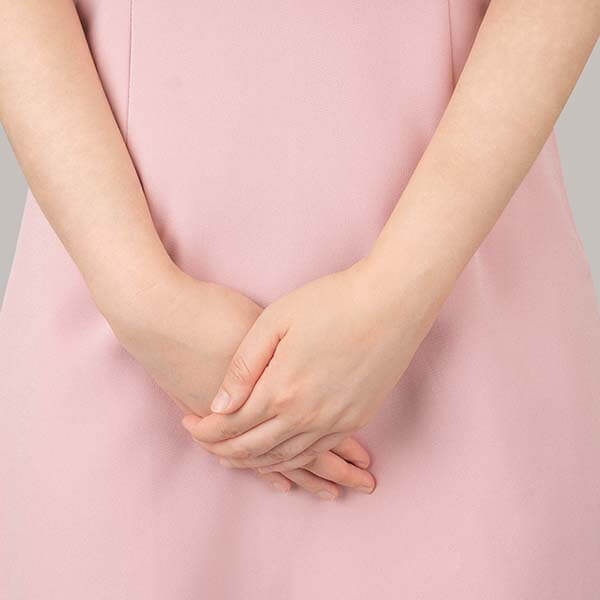
Yeast infections are common fungal overgrowths that often cause itching, redness, and discomfort in the genital area. Anyone can get them, but proper care and products can ease symptoms. Visit our DOXXES store on North Freeway / FM 1960 to explore items that may help.
What Is Yeast Infections?
Yeast infections occur when Candida species multiply on skin or mucous membranes, a condition medically known as candidiasis. They range from superficial (skin rashes) to deep (systemic infections) and provoked (triggered by antibiotics or immune changes).
Why Does Yeast Infections Happen?
Psychological factors
- Stress and anxiety that weaken immune response
- Past trauma or relationship issues that affect self-care
- Sleep loss or emotional burnout
Physical factors
- Other infections or antibiotic use disrupting flora
- Hormonal changes during menstruation, pregnancy, or menopause
- Pelvic floor dysfunction or anatomical variations
Often, these factors overlap and multiple causes combine to trigger a yeast infection.
Examples and Identifying Triggers
Concrete examples of yeast infections:
- Red, raised rash in the groin
- Thick white discharge in the vagina
- Burning sensation when urinating
- Pain or soreness during intercourse
Simple steps to identify triggers:
- Track when symptoms start and note activities.
- Compare days with and without flare-ups to find patterns.
- Adjust items like lubrication, clothing, or sexual positions to test changes.
Who It Affects and Gender Differences
Yeast infections can impact self-esteem and intimate relationships for anyone. Women often report vaginal itching and discharge. Men may notice redness and irritation under the foreskin. People with vulvas and vaginas might experience deeper soreness, while those with penises can have balanitis. Tailored treatments improve both confidence and comfort.
How a Sex Therapist Can Help
A sex therapist reviews your sexual history, including descriptions of painful abdomen after intercourse, to pinpoint patterns. They screen for mental health concerns like anxiety or depression that can worsen symptoms. By combining medical advice with emotional support, they guide you toward strategies that improve both physical comfort and relational trust.
Ways to Treat and Cope with Yeast Infections
Counseling and Therapy
Professional counseling helps address stress, body image, and relationship communication, making it easier to follow medical and self-care plans.
Home treatments
Some simple home remedies for vaginal yeast infections include applying plain yogurt compresses and using sitz baths with diluted tea tree oil, provided you test for skin sensitivity first.
Pain relief measures
Incorporate yeast infection and painful intercourse remedies such as a gentle water-based lubricant or pelvic floor stretches to reduce friction and discomfort.
Preventive lifestyle
To reduce recurrence, learn how to prevent recurrent yeast infections naturally by wearing breathable fabrics, avoiding scented soaps, and scheduling regular rest to lower stress.
Probiotic support
Look for the best probiotics for vaginal yeast infection prevention such as strains of Lactobacillus rhamnosus or reuteri to restore healthy yeast balance.

How Doxxes.love Can Help
At Doxxes.love, you’ll find water-based lubricants, pelvic floor exercisers, gentle vibrators, and quality prostate massagers. Each product comes with clear instructions on safe use and cleaning. Pairing these tools with therapy often speeds progress and boosts comfort during sexual activity.
Talking About Yeast Infections with Others
- Be honest about feelings (“I feel worried when pain happens”).
- Use “I” statements to avoid placing blame.
- Choose a quiet, private time for discussion.
- Learn together—read trusted resources as a couple.
- Seek professional help early if pain or stress grows.
Visit Our DOXXES Store on North Freeway / FM 1960
Stop by our discreet, welcoming shop to browse products and get personalized tips. Our friendly team is ready to answer questions and help you choose items that match your needs.
Conclusion
Understanding the causes of yeast infections and keeping channels of communication open are key to lasting relief. Use available tools, therapies, and support to reclaim your comfort. Don’t forget to visit DOXXES on North Freeway / FM 1960 for the products and advice you need.
FAQs
- What is a yeast infection?
A fungal overgrowth (usually Candida albicans) in the vagina or penis that causes irritation and discharge. - What are symptoms in women?
Thick white discharge, itching, redness, and burning during urination or sex. - Can men get yeast infections?
Yes, symptoms include redness, itching, and a white coating on the penis. - What causes yeast infections?
Antibiotics, high sugar diets, tight clothing, hormonal changes, or weakened immunity. - How are they diagnosed?
Through a swab or exam to confirm the presence of yeast. - Are they contagious?
Mildly. They can be passed through unprotected sex, though not classified as STIs. - What is the treatment?
Antifungal creams, suppositories, or oral medications like fluconazole. - Can I prevent yeast infections?
Yes—wear breathable underwear, avoid douching, and manage blood sugar levels. - Do probiotics help?
Yes, they may support a healthy vaginal microbiome and reduce recurrence. - When should I see a doctor?
If symptoms are frequent, severe, or don’t respond to over-the-counter treatments.
